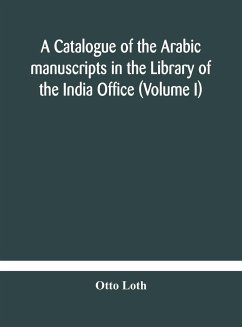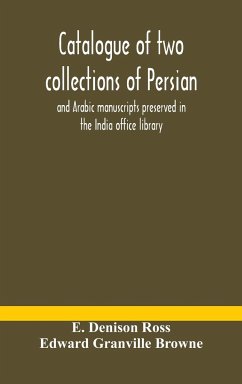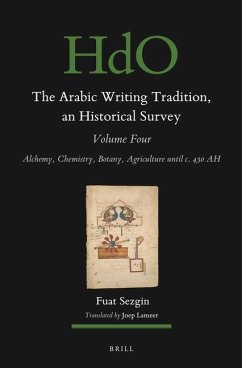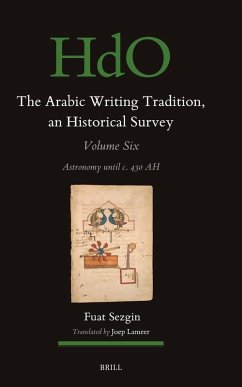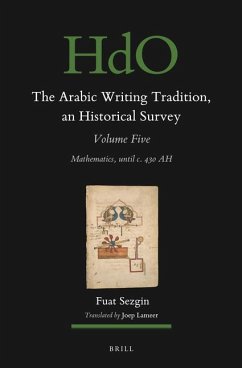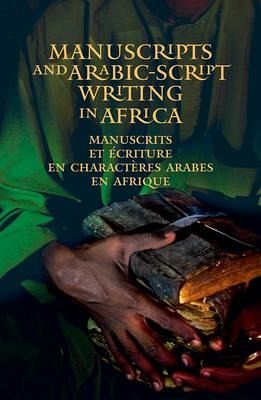
Manuscripts and Arabic-Script Writing in Africa
Versandkostenfrei!
Versandfertig in über 4 Wochen
89,99 €
inkl. MwSt.

PAYBACK Punkte
45 °P sammeln!
The book explores the Arabic script in its widest possible usage in Africa: in Arabic texts; as a sacred Islamic script; and as a script for writing African languages. Through various contributions, the book examines the social impact of Arabic-script writing, aiming to parse the materiality of the book in African societies and to understand African manuscripts in their life cycles from creation to archival shelf. Essays examine Arabic-script manuscripts as material objects, statements of social values, cultural affirmations, and spiritual companions. They peel back the chronological layers of...
The book explores the Arabic script in its widest possible usage in Africa: in Arabic texts; as a sacred Islamic script; and as a script for writing African languages. Through various contributions, the book examines the social impact of Arabic-script writing, aiming to parse the materiality of the book in African societies and to understand African manuscripts in their life cycles from creation to archival shelf. Essays examine Arabic-script manuscripts as material objects, statements of social values, cultural affirmations, and spiritual companions. They peel back the chronological layers of `ajamī writing that has been used for instruction and cultural and political identity, and remind us of how new technologies enhance access to these manuscripts, just as they present challenges to the intellectual property they represent. Essays are organised into five parts: Manuscript Collections, Manuscript Networks, Manuscripts and Social Values, and Technical Issues; with a concluding essay that identifies the core texts in West Africa’s manuscript culture during the past 300 years.



![Arabic Manuscripts on Medicine and Science [microform]; Reel 25 Cover Arabic Manuscripts on Medicine and Science [microform]; Reel 25](https://bilder.buecher.de/produkte/71/71653/71653827n.jpg)
